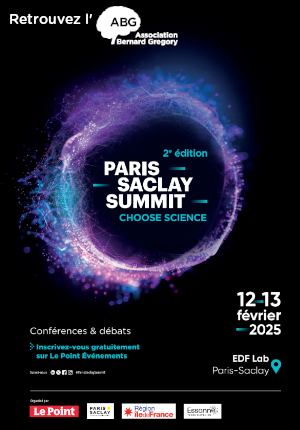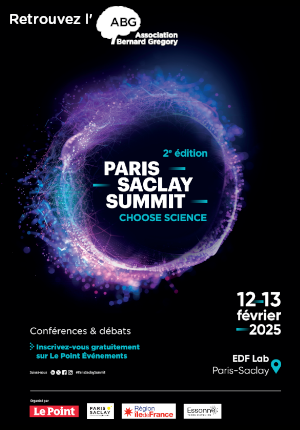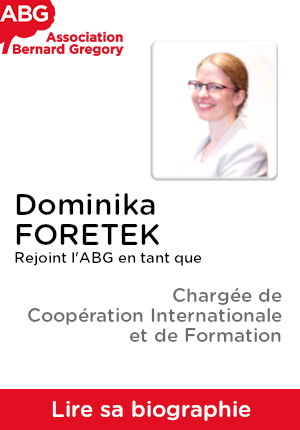Electronic structure of flat-bands from surfaces and 2 dimensional materials
| ABG-128335 | Thesis topic | |
| 2025-02-04 | Public funding alone (i.e. government, region, European, international organization research grant) |
- Physics
- Materials science
Topic description
Context
With charge-based electronics getting to their limits in storage density, speed and energy consumption, spin-based electronics (spintronics) is now a central research topic and promises significant improvements in device performances.
Flat bands near or at the Fermi level are unique features of the electronic structure that have recently attracted significant attention for exploring quantum states, such as unconventional superconductivity and correlated insulating states. This field of physics has been stimulated by the identification of flat electronic bands in 2D moiré heterostructures [1]. Two-dimensional (2D) van der Waals materials, like transition metal dichalcogenides (TMDC), are thus candidates to achieve this goal. Manipulating spin polarization in these systems can lead to exotic behaviors, for instance, flat bands with single-spin character [2].
By combining advanced angle- and spin- resolved photoemission spectroscopy (ARPES and SARPES) [3], the project of this thesis aims at a thorough characterization of the spin-split flat bands on surfaces and of TMDCs thin layers and in their combination in twisted structures.
PhD research program
Two types of flat bands will be investigated: those that appear on the crystal surfaces of 2D and 3D materials [4], and those that emerge from twisted stacked 2D materials.
At CEA Saclay, a key objective will be the exfoliation of single-layer 2D samples and their assembly into twisted and hybrid structures.
The electronic structure studies using ARPES will encompass spin- and time-resolved measurements at the ATTOlab laser facility in CEA Saclay, utilizing HHG (high harmonic generation) photons. Additionally, investigations will be conducted with a small-spot He-lamp and at synchrotron radiation centers.
In a second stage the student will join the research group of Prof. Jan Minar at University of West Bohemia, Pilsen, Czech Republic. There she/he will complete her/his experimental experience with computational skills for interpretation of experimental results. Complementary spectroscopic tools will be availble as well like NanoEsca, which allows position sensitive photoemission studies, particularly important for small flakes.
Starting date
Funding category
Funding further details
Presentation of host institution and host laboratory
The LPMS research group of DICO is an experimental condensed matter physics and surface science team. It specialises in the study of the electronic properties of solids, magnetism and radiation-matter interaction using spectroscopic techniques with laser and synchrotron light sources, in particular spin-, time- and angle-resolved photoemission spectroscopy. The LPMS is associated with the DICO group of the LIDYL laboratory at CEA Saclay
Website :
PhD title
Country where you obtained your PhD
Institution awarding doctoral degree
Graduate school
Candidate's profile
We are seeking a highly motivated candidate, with good skills in experimental physics, data analysis, and a Master degree in solid state physics or material sciences. Experience with lasers, quantum materials, vacuum technology, or (angle-resolved) photoemission spectroscopy will be beneficial. Good oral communication and writing skills in English are required.
Vous avez déjà un compte ?
Nouvel utilisateur ?
Get ABG’s monthly newsletters including news, job offers, grants & fellowships and a selection of relevant events…
Discover our members
 MabDesign
MabDesign  Généthon
Généthon  Institut Sup'biotech de Paris
Institut Sup'biotech de Paris  Groupe AFNOR - Association française de normalisation
Groupe AFNOR - Association française de normalisation  ONERA - The French Aerospace Lab
ONERA - The French Aerospace Lab  MabDesign
MabDesign  ADEME
ADEME  Institut de Radioprotection et de Sureté Nucléaire - IRSN - Siège
Institut de Radioprotection et de Sureté Nucléaire - IRSN - Siège  ANRT
ANRT  Tecknowmetrix
Tecknowmetrix  Ifremer
Ifremer  Aérocentre, Pôle d'excellence régional
Aérocentre, Pôle d'excellence régional  Nokia Bell Labs France
Nokia Bell Labs France  PhDOOC
PhDOOC  CESI
CESI  Laboratoire National de Métrologie et d'Essais - LNE
Laboratoire National de Métrologie et d'Essais - LNE  TotalEnergies
TotalEnergies  CASDEN
CASDEN  SUEZ
SUEZ







